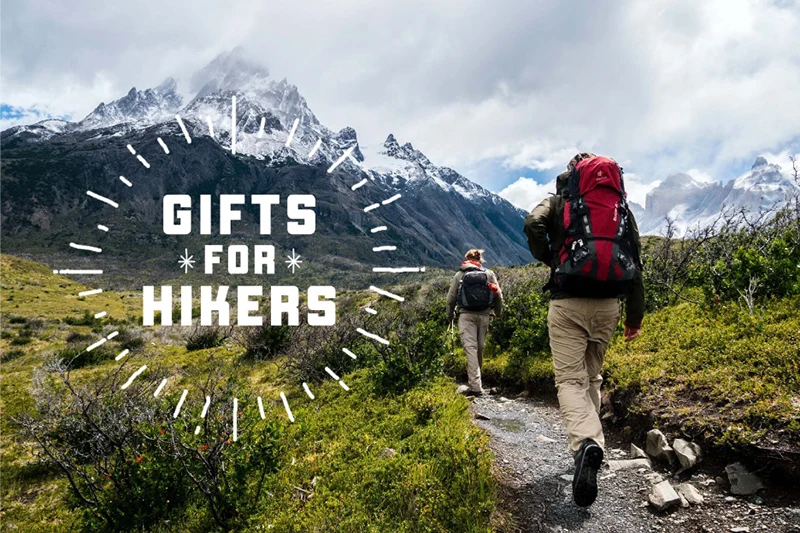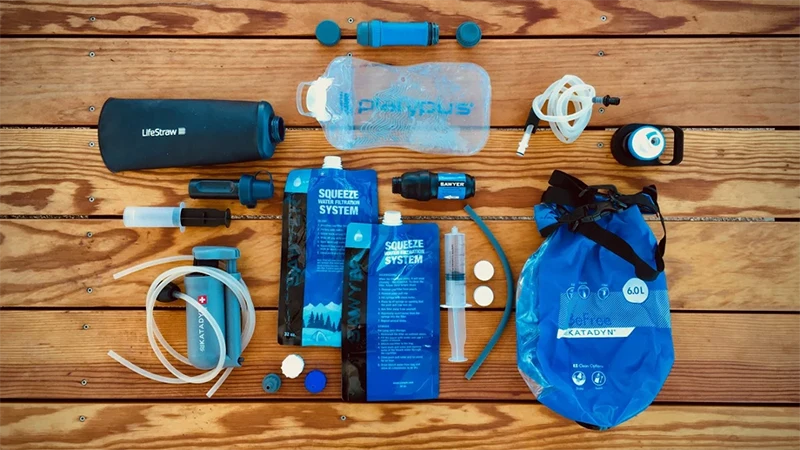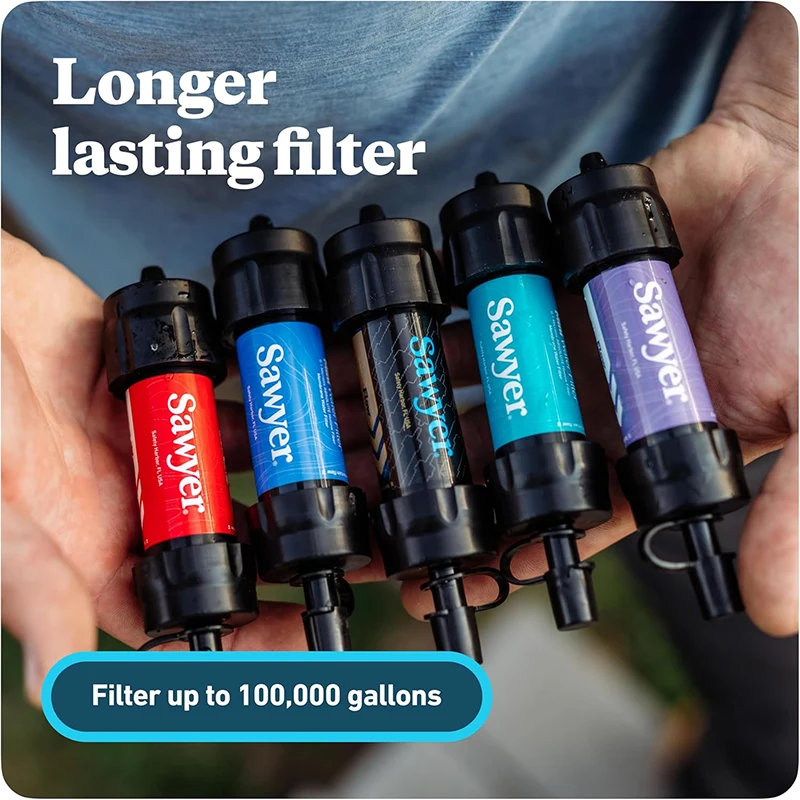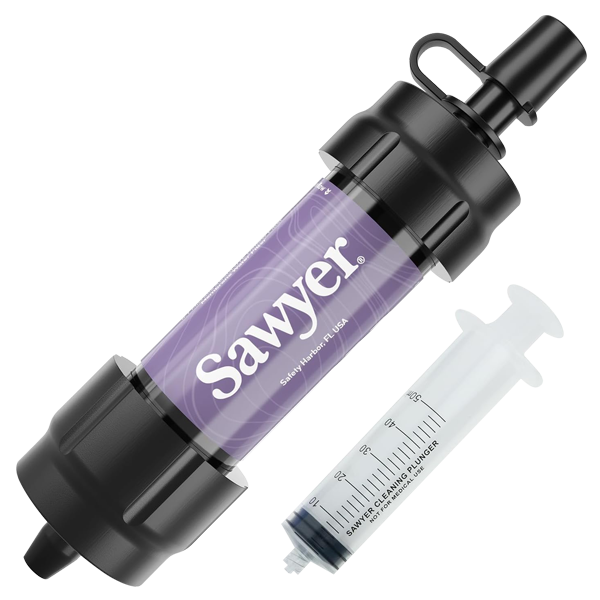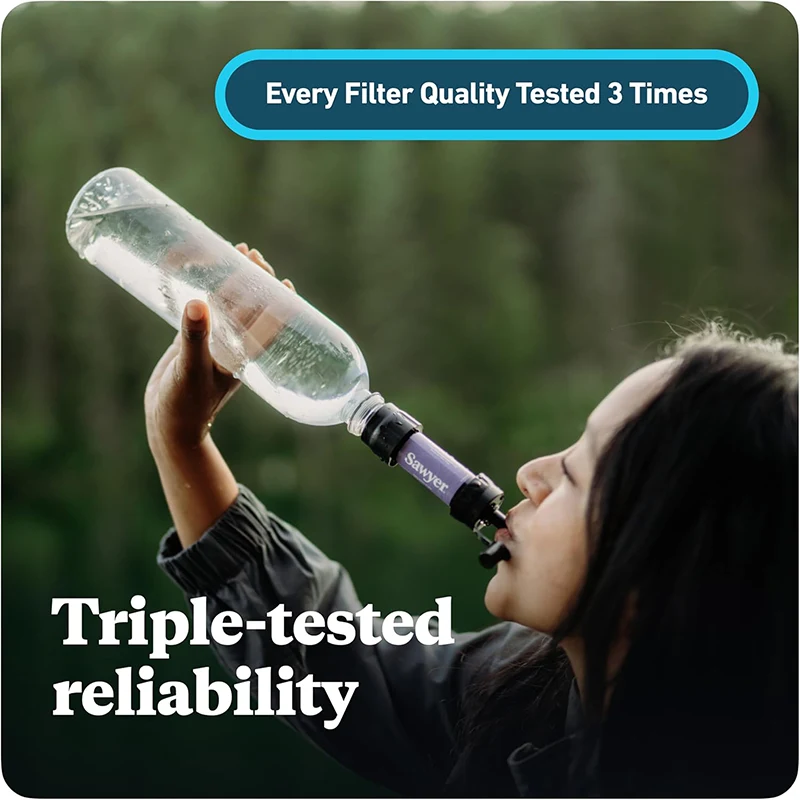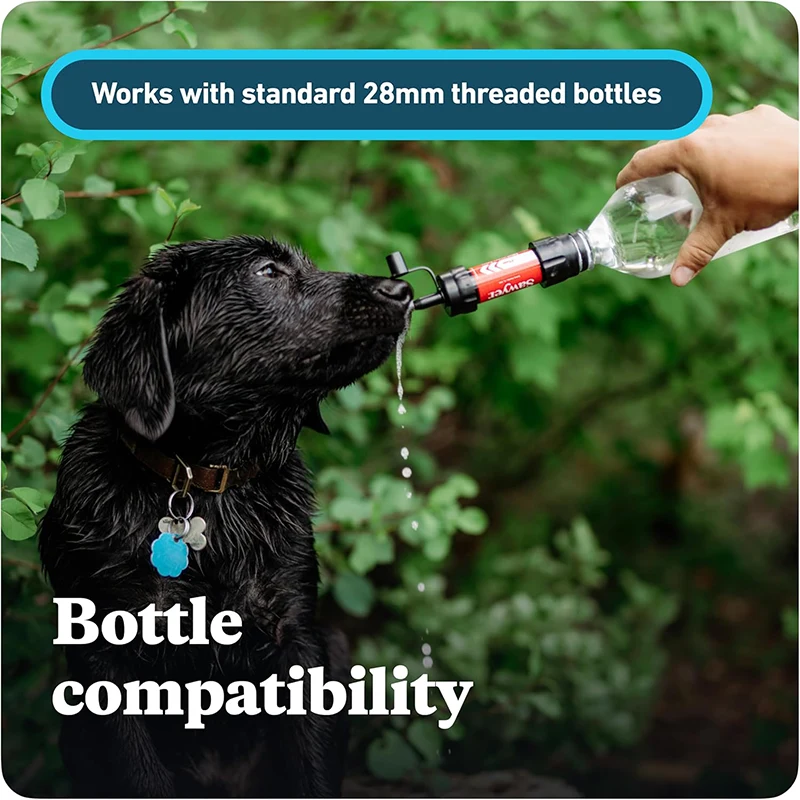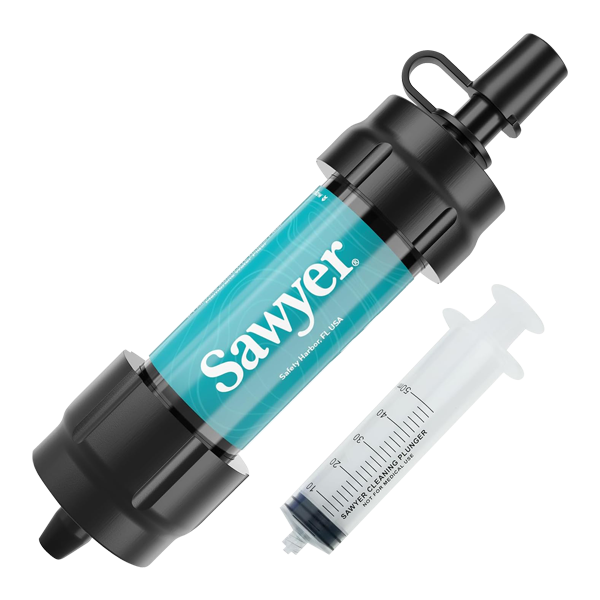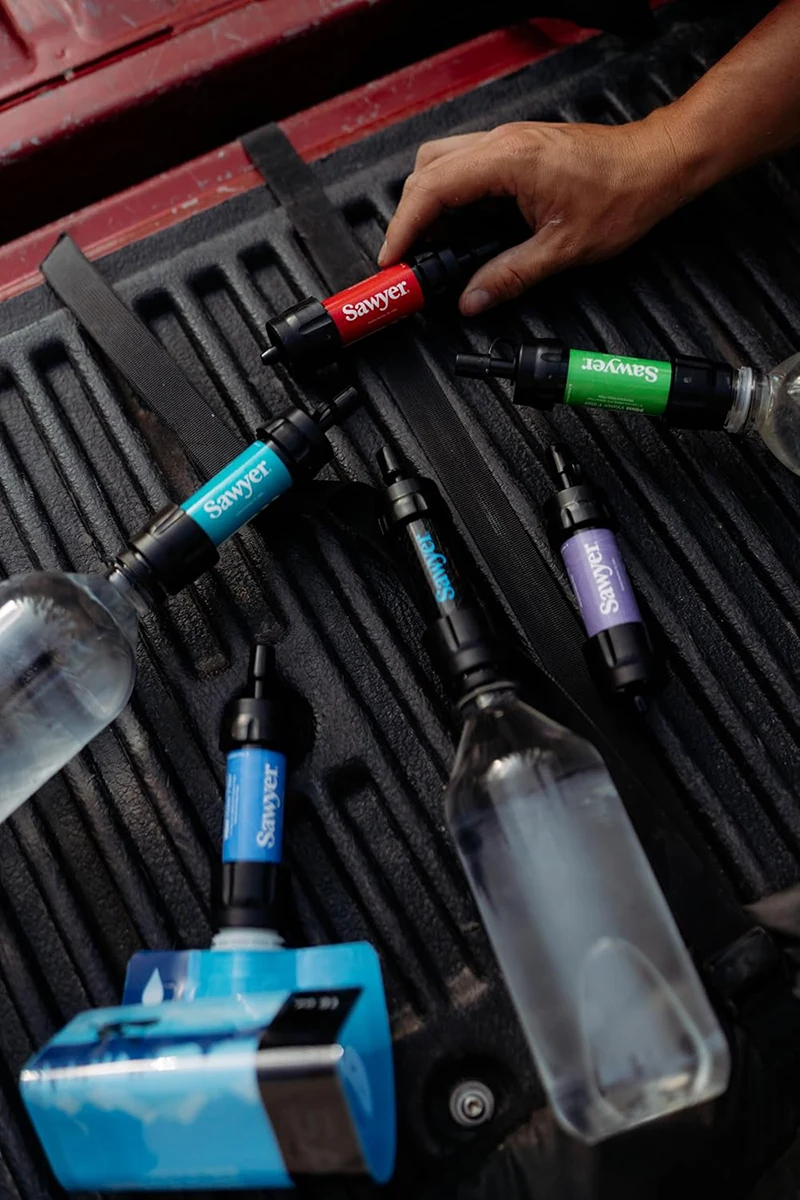

According to Afterpay, searches for camping vacation guides have increased by more than 300 percent since Covid-19 limited our travel options. But for those who are new to camping, the whole thing might feel a bit daunting. For starters, you have to bring your own hotel room (aka a tent).
As someone who has been enjoying camping, backpacking and hiking trips for most of my life, I’ve learned exactly what I need to bring along for the trip and what’s best left at home, whether I’m heading outdoors for one night only or a multi-day backpacking excursion. So I pulled together an ultimate guide of everything you need to know and pack for a successful car camping trip (the best type of camping for beginners, in my opinion), from cooking dinner for your crew to staying entertained after the sun goes down.
FIRST OF ALL, WHAT EXACTLY IS CAR CAMPING?
Car camping isn’t RV camping and doesn’t involve sleeping in your car. Instead, it means driving into a campground and parking nearby (sometimes right next to) a designated campsite where you’ll set up a tent for the night. The great thing about this type of camping adventure is that you can stuff your car full of anything and everything you might need without worrying about having to carry it all up a mountain, as you would if you were backpacking. If you’re unsure whether or not you’ll want something while out in the wilderness, we say why not toss it in the backseat provided there’s room?
HOW DO YOU FIND CAR CAMPING CAMPGROUNDS?
You can always start with a simple Google search for “car campgrounds near [insert city here]” and take it from there. Also, every national park has a few campgrounds on site if you’re interested in visiting those. Unfortunately, you can’t just show up, pick a spot that looks nice and set up camp. You’ll need to make a reservation, just like you would for a hotel. Reserve America and the National Park Service run almost every campground in the U.S., so there’s a 99 percent chance you’ll be applying for a reservation through one of those two organizations. They’re also fantastic resources for finding a campground near you and nailing down the specifics of your particular spot. (The only exceptions would be if you’re hoping to camp on privately owned land. Those grounds will have their own permit processes.) The more popular campgrounds can fill up months in advance, especially for weekend dates, so the sooner you nail down where you’d like to go, the better.
The level of rusticity of these campgrounds can vary greatly. Some will have running water for showers, plugs to charge cellphones or possibly even a little general store to pick up things you may have forgotten to pack. Almost all will have standing bathrooms, although some may be more akin to a Port-a-Potty than your home facilities. Some allow for campfires over which marshmallows can be toasted and s’mores can be made, but that is not universally true. Be sure to read up on all the rules and expectations of the campsite you hope to visit before you start packing or planning. And if you have any questions, local ranger stations can help guide you.
Continue reading for your comprehensive car camping checklist here.
De la part de l'équipe
Des conversations autour d'un feu de camp avec notre communauté, des membres de l'équipe et des ambassadeurs aux partenaires de la marque et à l'équipe Sawyer.


